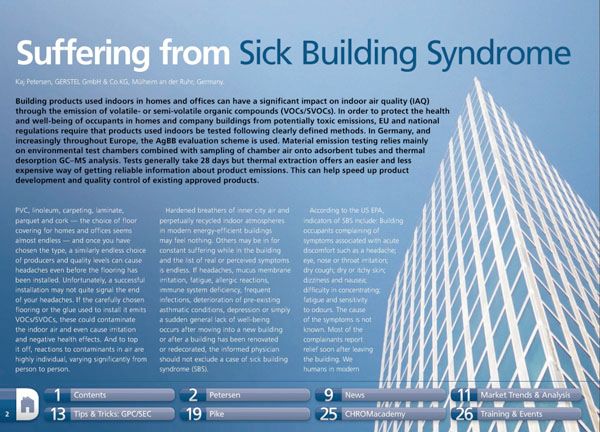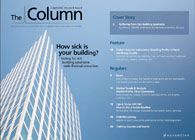Suffering from Sick Building Syndrome
Building products used indoors in homes and offices can have a significant impact on indoor air quality (IAQ) through the emission of volatile- or semi-volatile organic compounds (VOCs/SVOCs). In order to protect the health and well-being of occupants in homes and company buildings from potentially toxic emissions, EU and national regulations require that products used indoors be tested following clearly defined methods.

Building products used indoors in homes and offices can have a significant impact on indoor air quality (IAQ) through the emission of volatile- or semi-volatile organic compounds (VOCs/SVOCs). In order to protect the health and well-being of occupants in homes and company buildings from potentially toxic emissions, EU and national regulations require that products used indoors be tested following clearly defined methods.
New Method Explored for the Detection of CECs in Crops Irrigated with Contaminated Water
April 30th 2025This new study presents a validated QuEChERS–LC-MS/MS method for detecting eight persistent, mobile, and toxic substances in escarole, tomatoes, and tomato leaves irrigated with contaminated water.
University of Tasmania Researchers Explore Haloacetic Acid Determiniation in Water with capLC–MS
April 29th 2025Haloacetic acid detection has become important when analyzing drinking and swimming pool water. University of Tasmania researchers have begun applying capillary liquid chromatography as a means of detecting these substances.

.png&w=3840&q=75)

.png&w=3840&q=75)



.png&w=3840&q=75)



.png&w=3840&q=75)










